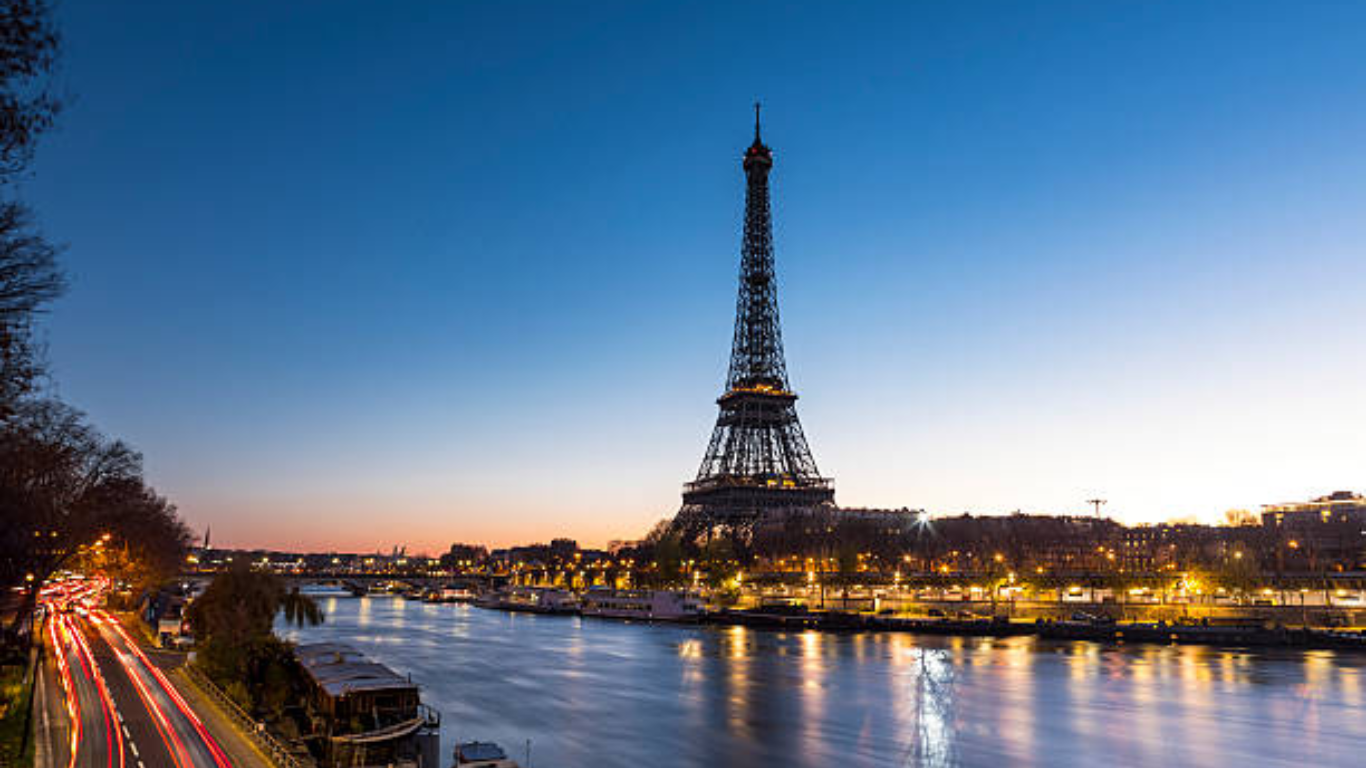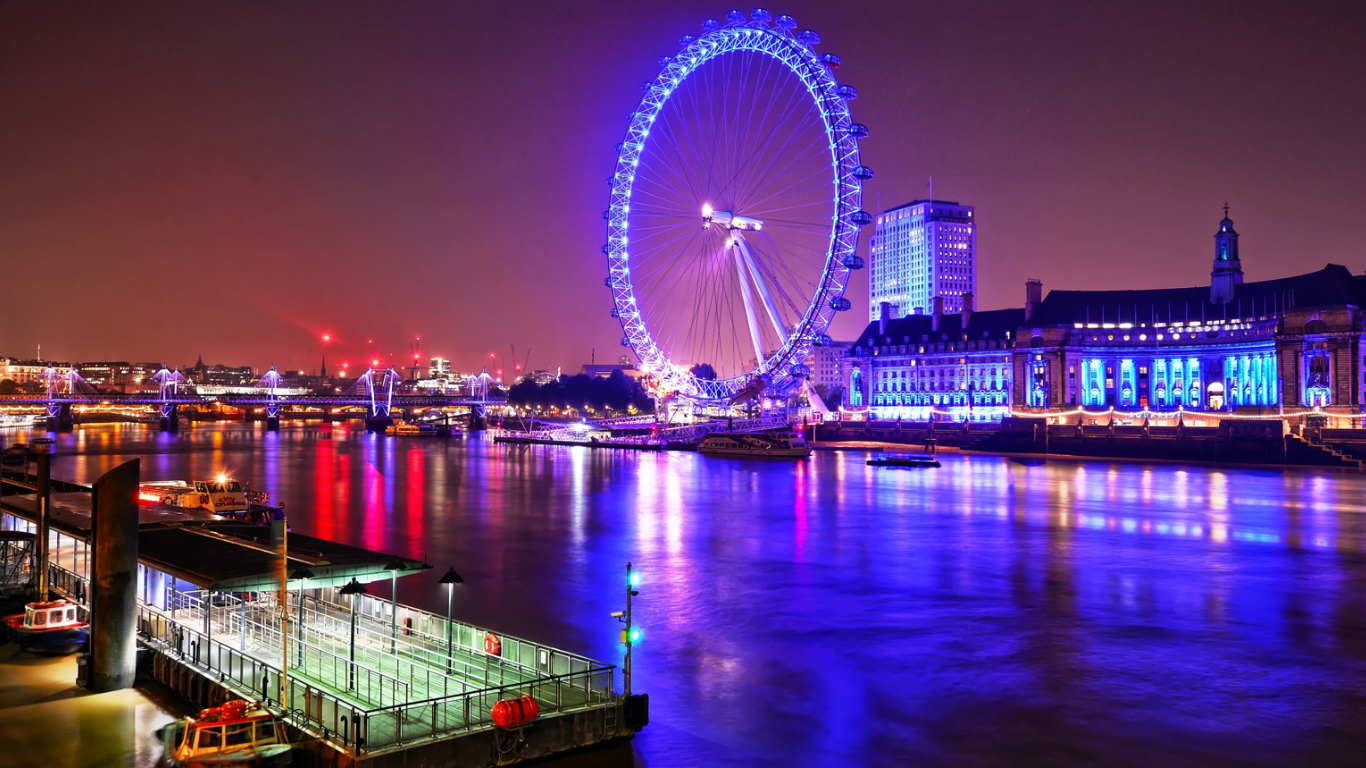Traveling offers more than just sightseeing; it immerses you in the history, art, and unique traditions of different cultures. From vibrant festivals to ancient architectural wonders, some destinations offer especially rich cultural experiences that let you connect with the essence of a place. Here’s a look at some of the best cultural destinations in the world, where heritage, history, and modern life harmoniously come together to create unforgettable experiences.
Kyoto, Japan
Why Visit: Ancient temples, Geisha districts, and traditional tea ceremonies
Kyoto, the former capital of Japan, is a city that beautifully blends ancient traditions with modern sensibilities. Known for its stunning temples, lush gardens, and iconic cherry blossoms, Kyoto offers a unique glimpse into Japan’s cultural heritage. In the Gion district, you may even encounter a Geisha or Maiko (apprentice Geisha) gracefully moving to her next appointment, embodying a cultural art that dates back centuries.
Key cultural highlights include the Golden Pavilion (Kinkaku-ji), the Fushimi Inari Shrine with its thousands of red torii gates, and the traditional tea ceremonies that allow visitors to experience the serene ritual of Japanese hospitality. Kyoto’s numerous festivals, such as the Gion Matsuri in July, showcase ancient traditions passed down through generations.
Rome, Italy
Why Visit: Ancient ruins, Renaissance art, and Vatican City
The Eternal City of Rome offers an impressive journey through time, showing relics from the Roman Empire, Renaissance art, and Baroque architecture. Walking through Rome feels like stepping into an open-air museum, with iconic landmarks such as the Colosseum, the Roman Forum, and the Pantheon. Each monument tells stories of empires and political power that shaped European civilization.
Art lovers will appreciate the works of Michelangelo, Raphael, and Caravaggio, which grace the Vatican Museums and the Sistine Chapel in Vatican City. Roman piazzas, adorned with fountains and sculptures, make the perfect backdrop to enjoy gelato and experience the vibrant Italian street life.
Marrakech, Morocco
Why Visit: Colorful souks, ornate palaces, and Berber traditions
Marrakech is a sensory experience, from the bustling markets filled with spices and handcrafted goods to the intricately designed palaces and gardens. Known as the “Red City” for its rose-colored buildings, Marrakech has a rich cultural tapestry influenced by Arab, Berber, and French colonial heritage. The Medina, a UNESCO World Heritage site, is a labyrinthine marketplace where you can find everything from carpets to ceramics.
Jemaa el-Fnaa, the main square, comes alive at night with food stalls, musicians, and storytellers, creating a unique cultural gathering. Don’t miss the Majorelle Garden, once owned by Yves Saint Laurent and the historic Koutoubia Mosque with its iconic minaret.
Istanbul, Turkey
Why Visit: A crossroad of East and West, Byzantine and Ottoman landmarks
Straddling two continents, Istanbul is a city where the East meets the West, blending European and Asian cultural influences. From the awe-inspiring Hagia Sophia, which has served as a church, a mosque, and now a museum, to the Blue Mosque and the opulent Topkapi Palace, Istanbul’s architectural masterpieces reflect its complex history under the Byzantine and Ottoman empires.
The city’s bustling bazaars, especially the Grand Bazaar and the Spice Bazaar, offer a taste of Turkish craftsmanship and culinary delights. The Bosphorus Strait, which divides the city, is ideal for a ferry ride, allowing visitors to view the iconic skyline from a unique perspective.
Paris, France
 Why Visit: Museums, haute couture, and world-class cuisine
Why Visit: Museums, haute couture, and world-class cuisine
Paris is synonymous with culture, romance, and art. The City of Light is home to the Louvre, one of the world’s largest museums, which houses masterpieces like the Mona Lisa and the Venus de Milo. Other renowned museums, like the Musée d’Orsay and the Center Pompidou, showcase the best of Impressionist and modern art.
Parisian culture is also celebrated through its haute couture fashion, chic cafés, and gourmet dining. The Eiffel Tower, Notre-Dame Cathedral, and the Sacré-Cœur Basilica provide panoramic views of this beautiful city. Walking along the Seine River and through historic neighborhoods like Montmartre captures the essence of French culture at its finest.
Cairo, Egypt
Why Visit: Ancient pyramids, the Sphinx, and vibrant Islamic culture
Cairo, with its proximity to the Giza pyramids and the Great Sphinx, offers one of the most iconic cultural experiences in the world. As the heart of ancient Egyptian civilization, Cairo is filled with artifacts that speak of a culture that flourished over 4,000 years ago. The Egyptian Museum holds an extensive collection, including treasures from the tomb of Tutankhamun.
In Islamic Cairo, the historic mosques, madrassas, and vibrant Khan El Khalili market provide a deeper understanding of Egypt’s medieval Islamic heritage. The blending of ancient and contemporary life makes Cairo a truly unique destination for cultural travelers.
7. Varanasi, India Why Visit: Spiritual rituals, sacred Ganges River, and traditional Indian life Varanasi, one of the oldest cities in the world, is the spiritual heart of India and holds deep significance for Hindus. Situated along the sacred Ganges River, the city is a center for rituals, where pilgrims come to wash away their sins and perform last rites for loved ones. The ghats, or riverfront steps, are especially mesmerizing at sunrise, as priests perform the Ganga Aarti, a ritual of light and prayer.
Varanasi’s labyrinthine alleys, colorful markets, and temples showcase traditional Indian culture, making it an intense yet deeply moving destination. It is one of the best places to experience India’s spirituality and its ancient customs that continue to thrive today.
Cusco, Peru
Why Visit: Incan ruins, colonial architecture, and Indigenous Quechua culture
The city of Cusco is a gateway to Machu Picchu and a vibrant blend of Incan and Spanish colonial history. Once the capital of the Incan Empire, Cusco is filled with archaeological wonders, including the Sacsayhuamán fortress and Qorikancha temple, which reveal the ingenuity of Incan architecture. Spanish colonial buildings, such as the Cathedral of Santo Domingo, blend seamlessly with the Incan stone foundations.
Today, Cusco is also a place to encounter Quechua culture through local festivals, textile markets, and traditional music. Visitors can explore nearby villages where weaving traditions and agricultural practices remain integral to daily life.
Florence, Italy
Why Visit: Renaissance art, historic architecture, and Italian craftsmanship
Florence, the birthplace of the Renaissance, has one of the highest concentrations of art in the world, with masterpieces by Leonardo da Vinci, Michelangelo, and Botticelli. The Uffizi Gallery, the Florence Cathedral (Duomo), and the Accademia Gallery, where Michelangelo’s David resides, are just a few of the city’s cultural highlights.
Florentine culture is also evident in its artisan traditions, such as leatherworking and jewelry-making, which have been passed down through generations. Strolling across the Ponte Vecchio and through the historic center, a UNESCO World Heritage site, allows you to absorb the essence of Renaissance Italy.
Fez, Morocco
Why Visit: Ancient medinas, traditional crafts, and Islamic scholarship
Fez, one of Morocco’s oldest imperial cities, is famous for its historic medina, a UNESCO World Heritage site. The medina is a maze of narrow alleys, where artisans produce traditional ceramics, textiles, and leather goods using centuries-old techniques. Fez is also home to the world’s oldest university, Al-Qarawiyyin, a center of Islamic scholarship since the 9th century.
Visiting Fez offers insight into Morocco’s vibrant past and its preservation of traditional crafts and knowledge. With its historic madrasas (Islamic schools) and lively souks, Fez is an immersive experience in North African culture.
Conclusion:
These cultural destinations represent just a fraction of the rich heritage found around the world. Each of these places offers unique experiences that highlight humanity’s creative, spiritual, and architectural achievements. Whether you’re exploring ancient ruins, admiring iconic art, or participating in local festivals, these destinations promise a deep connection to history and tradition. Embrace the journey, and let each location enrich your understanding of global cultures. more info…
